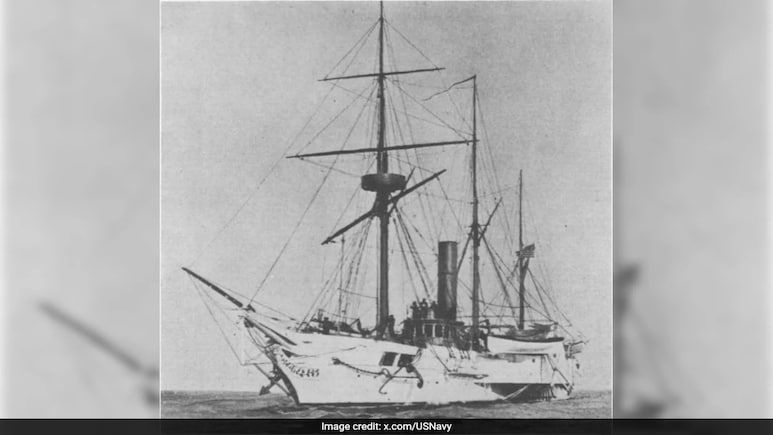US Warship Wreck Found in Pacific After 79 Years

A US destroyer that sank during World War II has been discovered in the depths of the Pacific Ocean, off the coast of Australia. The USS Edsall, a destroyer under the command of Lt. Joshua Nix, met its demise on March 1, 1942, after a fierce battle with the Imperial Japanese Navy.
According to US Ambassador to Australia Caroline Kennedy, Lieutenant Nix and his crew fought valiantly, evading over 1,400 shells from Japanese battleships and cruisers before being attacked by 26 carrier dive bombers. Miraculously, only one fatal hit was sustained during the intense battle.
The wreck of the Edsall was discovered using advanced hydrographic survey capabilities aboard the naval support ship MV Stoker, with Australia's Chief of Navy Commander Vice Admiral Mark Hammond leading the effort. This significant discovery has shed new light on a pivotal moment in Australian history.
Commander Hammond praised the bravery and heroism of Lieutenant Nix and his crew, who played a crucial role in protecting Australia during the early years of World War II. The US destroyer's actions were instrumental in safeguarding the nation against Japanese aggression.
According to historical records, Japan had detected the Edsall over 200 miles south-southeast of Christmas Island, prompting Vice Admiral Chuichi Nagumo to instruct his forces to intercept the ship. However, faced with a formidable opponent, Nix demonstrated exceptional skill and determination.
As reported by the US Naval History and Heritage Command (NHHC), Lieutenant Nix took to the helm one last time, defying danger to point the bow of the Edsall directly at Japanese surface ships in a defiant gesture. Tragically, this act would prove futile, as the Japanese warships eventually sank the destroyer with its big guns.
The Edsall's legacy serves as a testament to the bravery and sacrifice of those who fought against overwhelming odds during World War II. The discovery of its wreck represents an important step towards preserving the history of this chapter in Australian annals.
